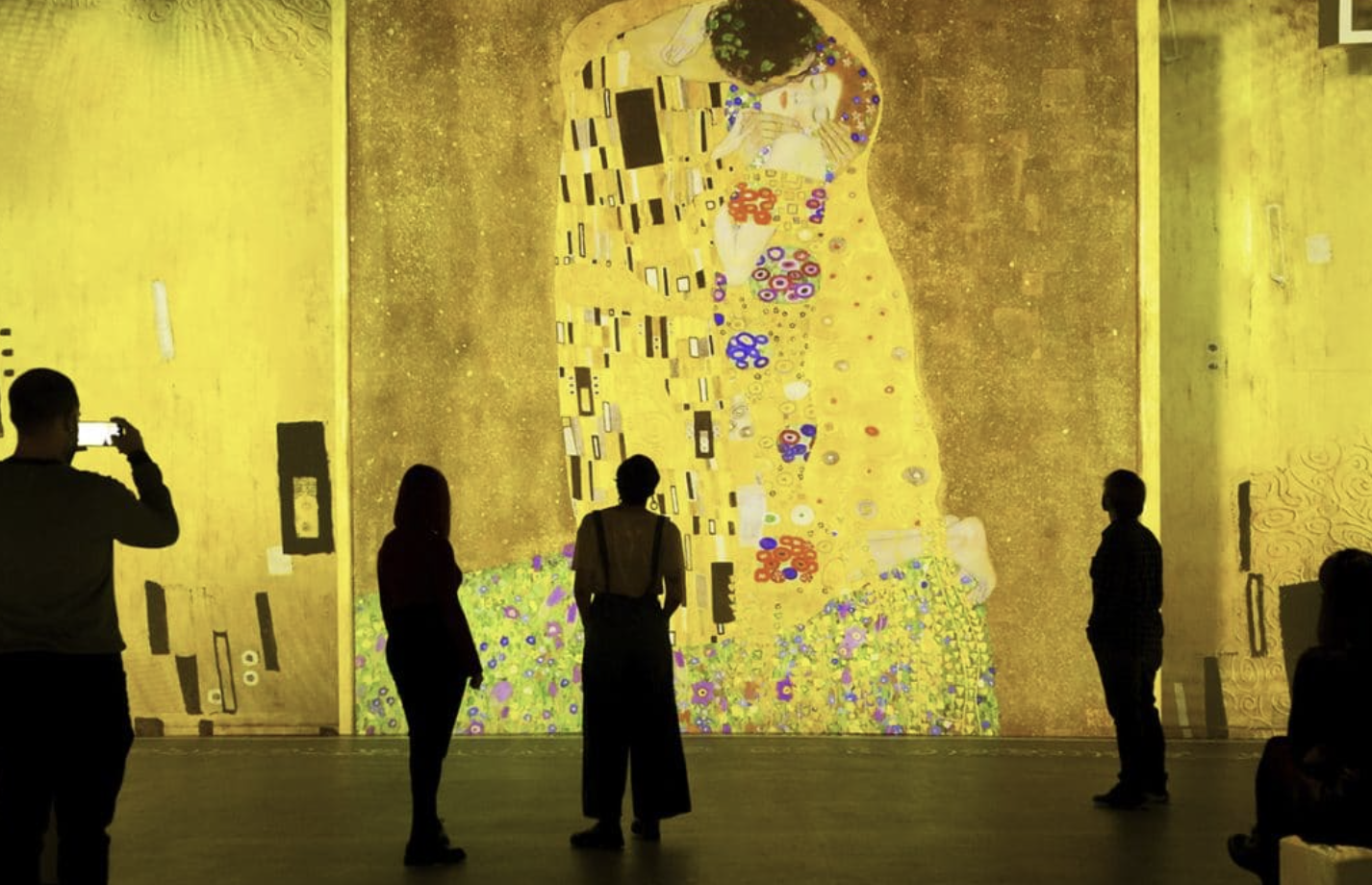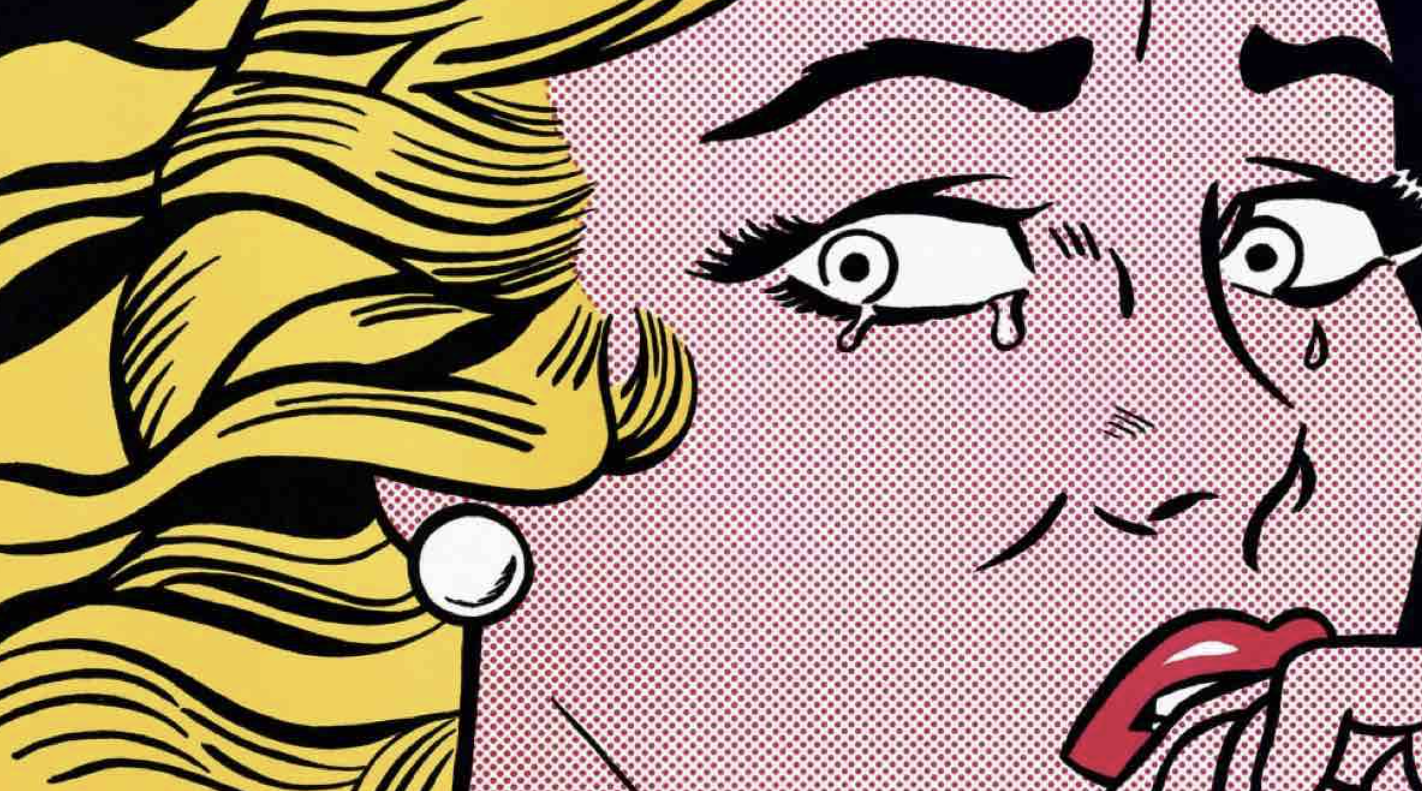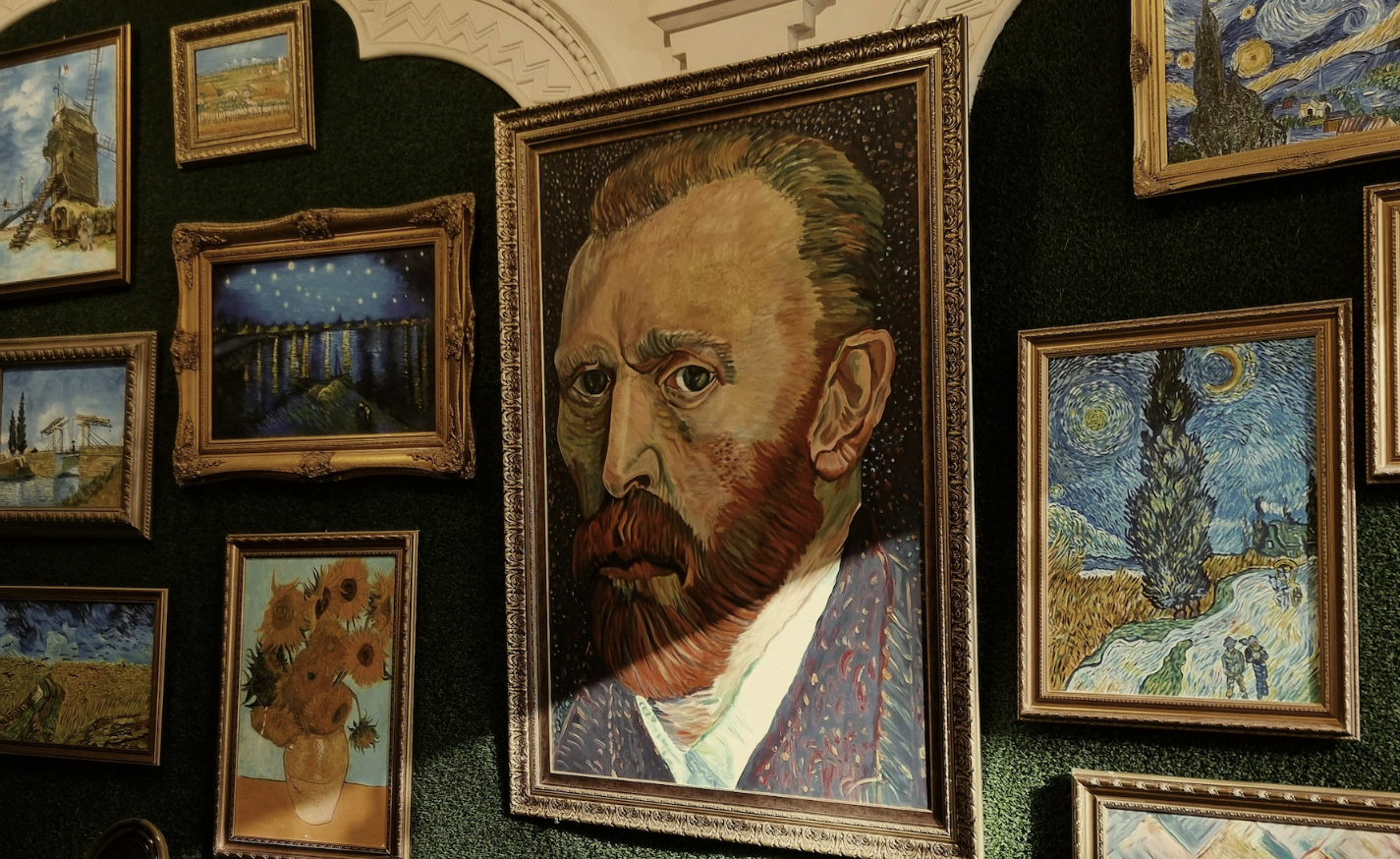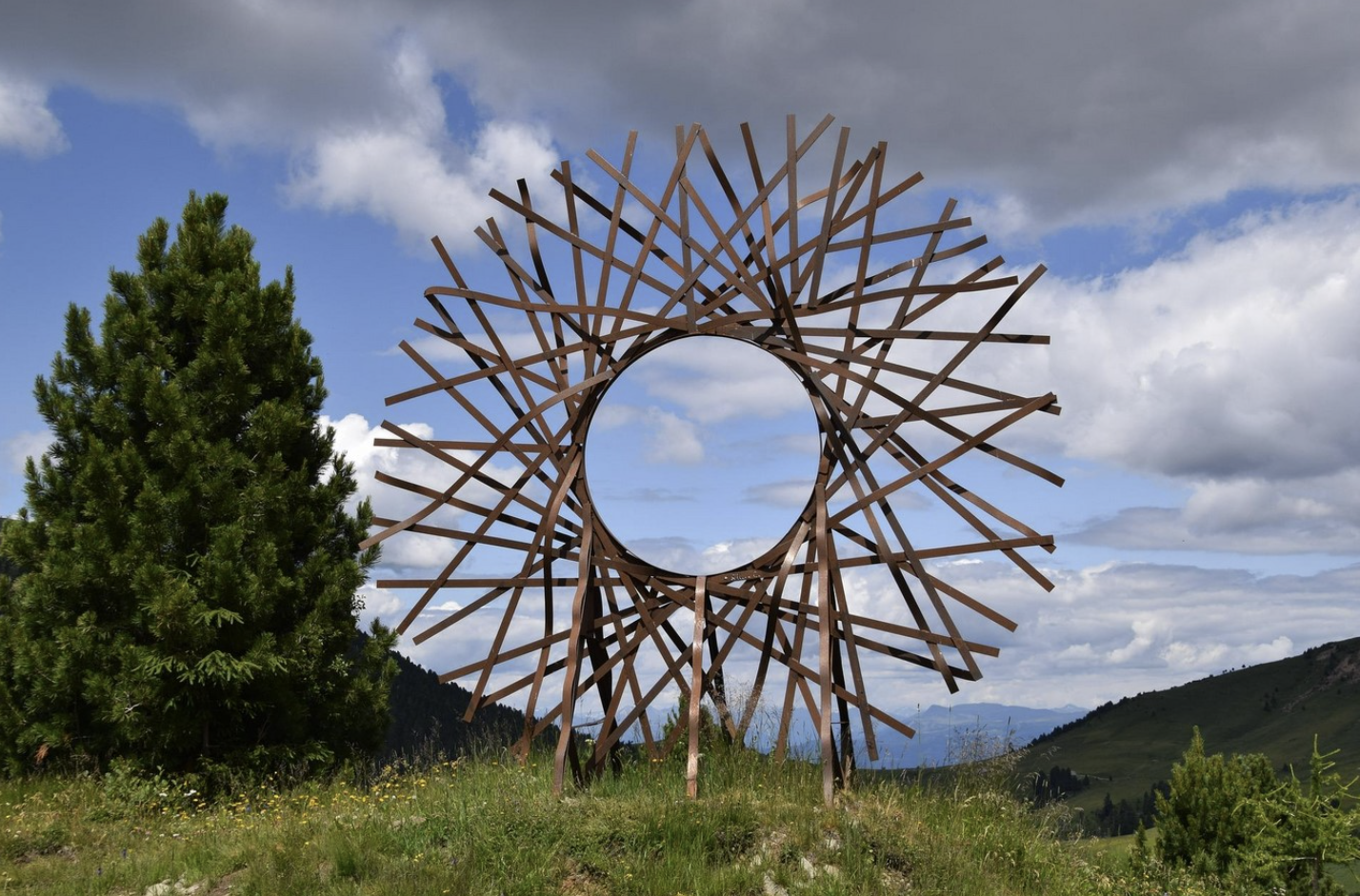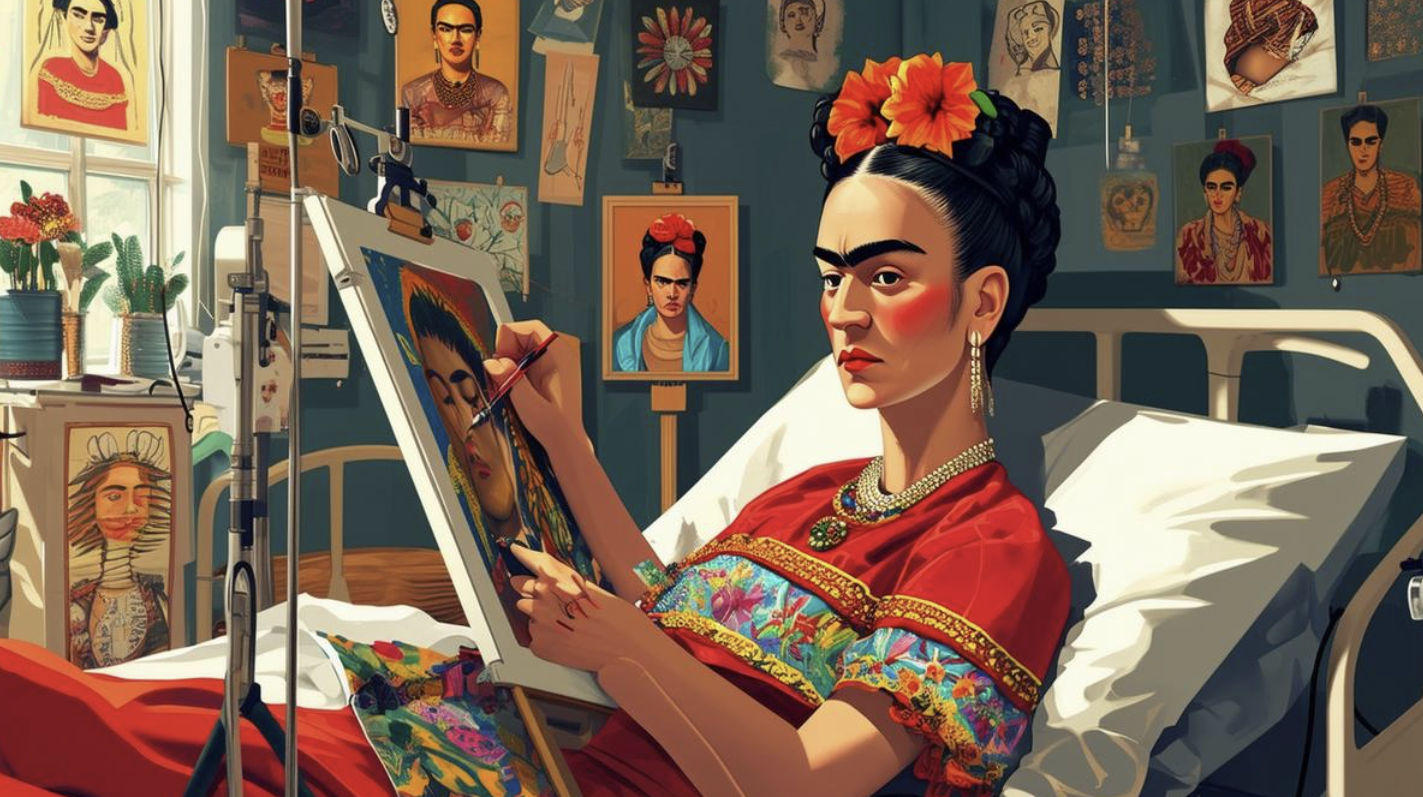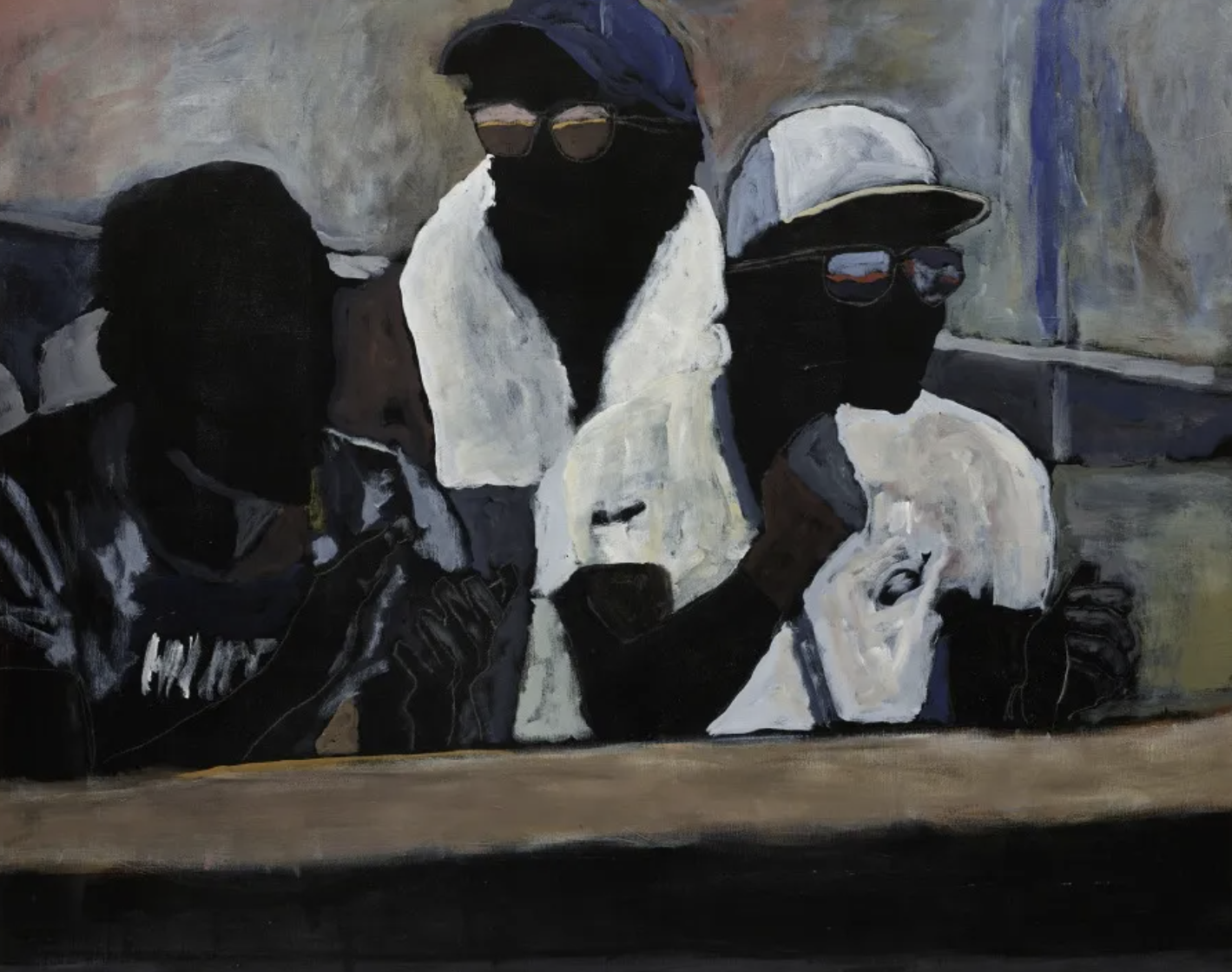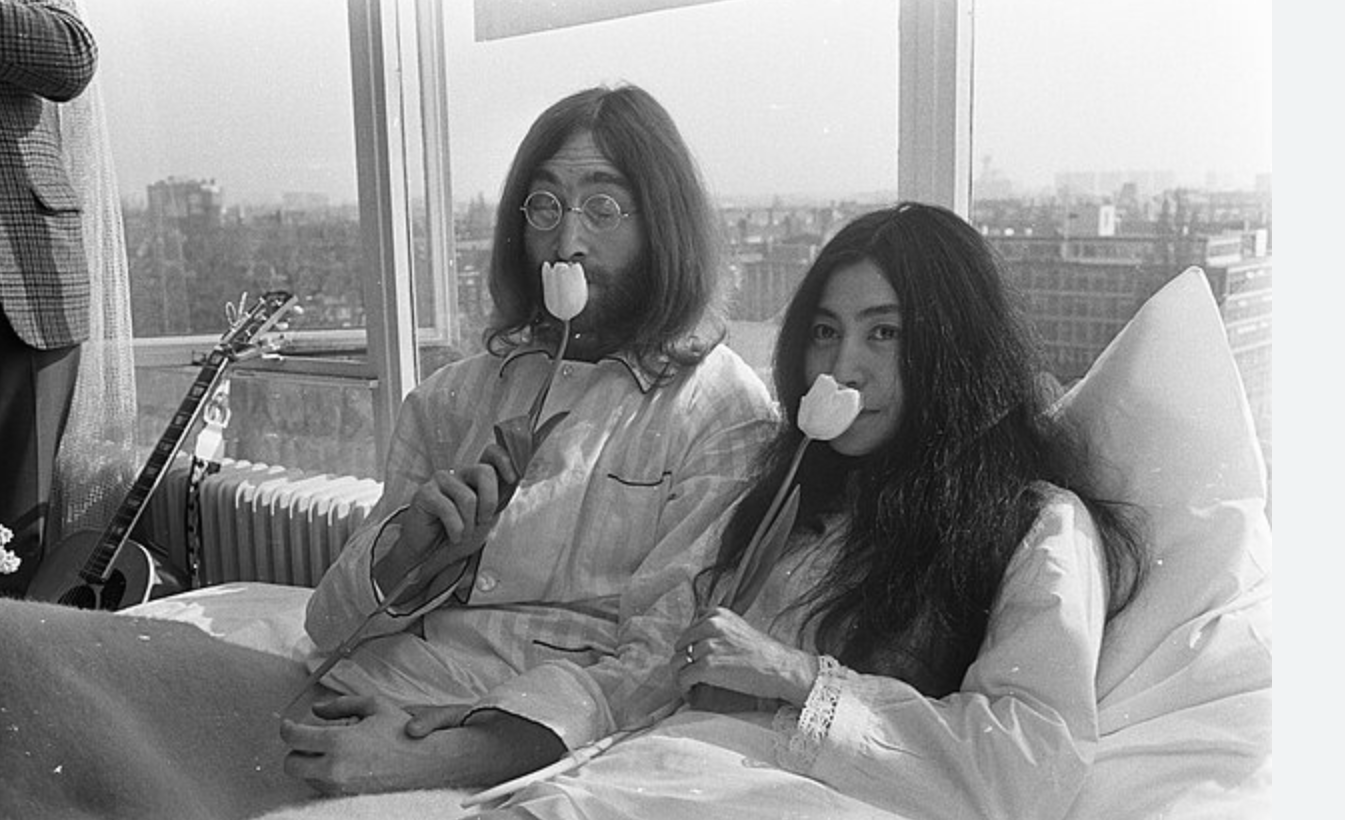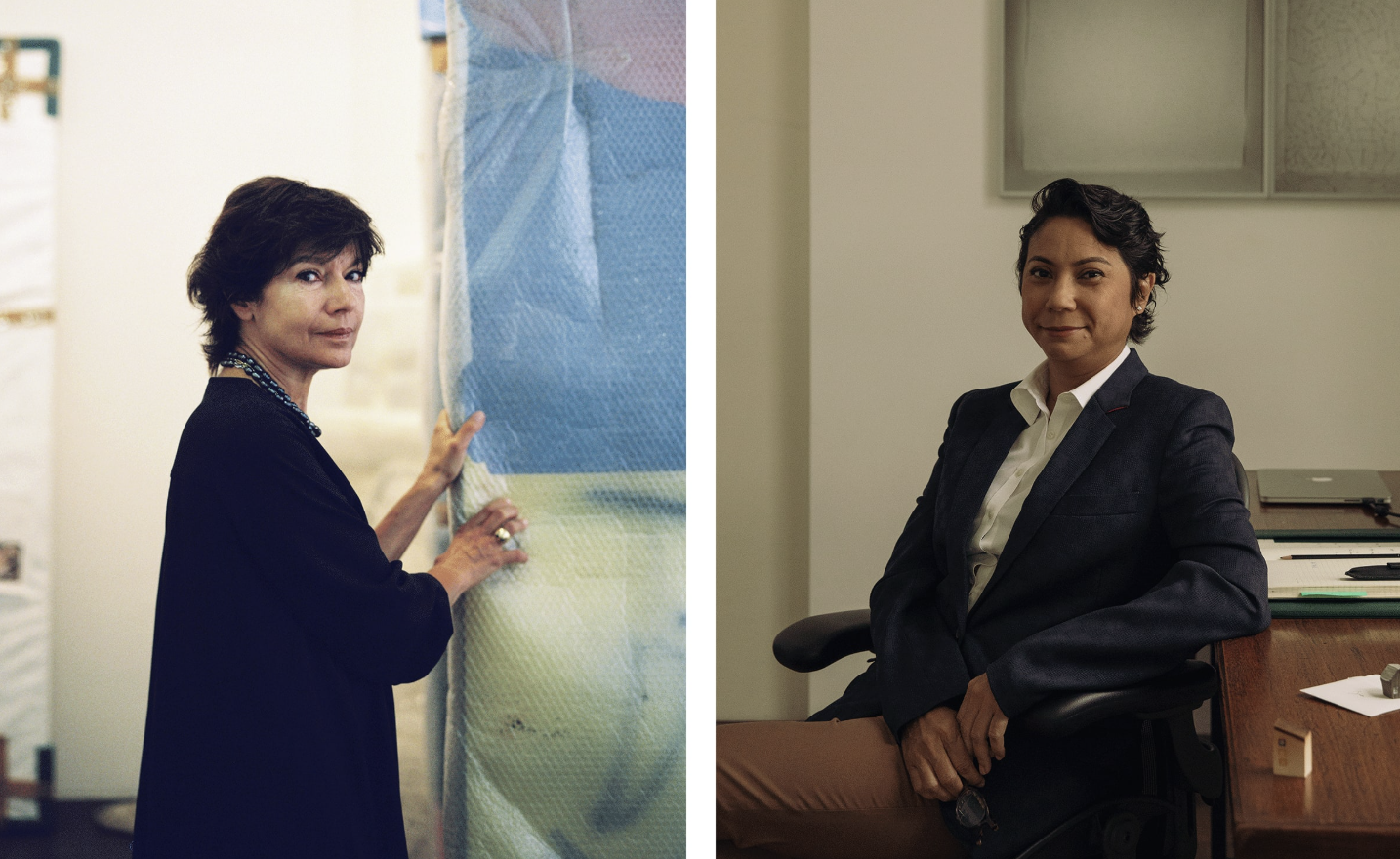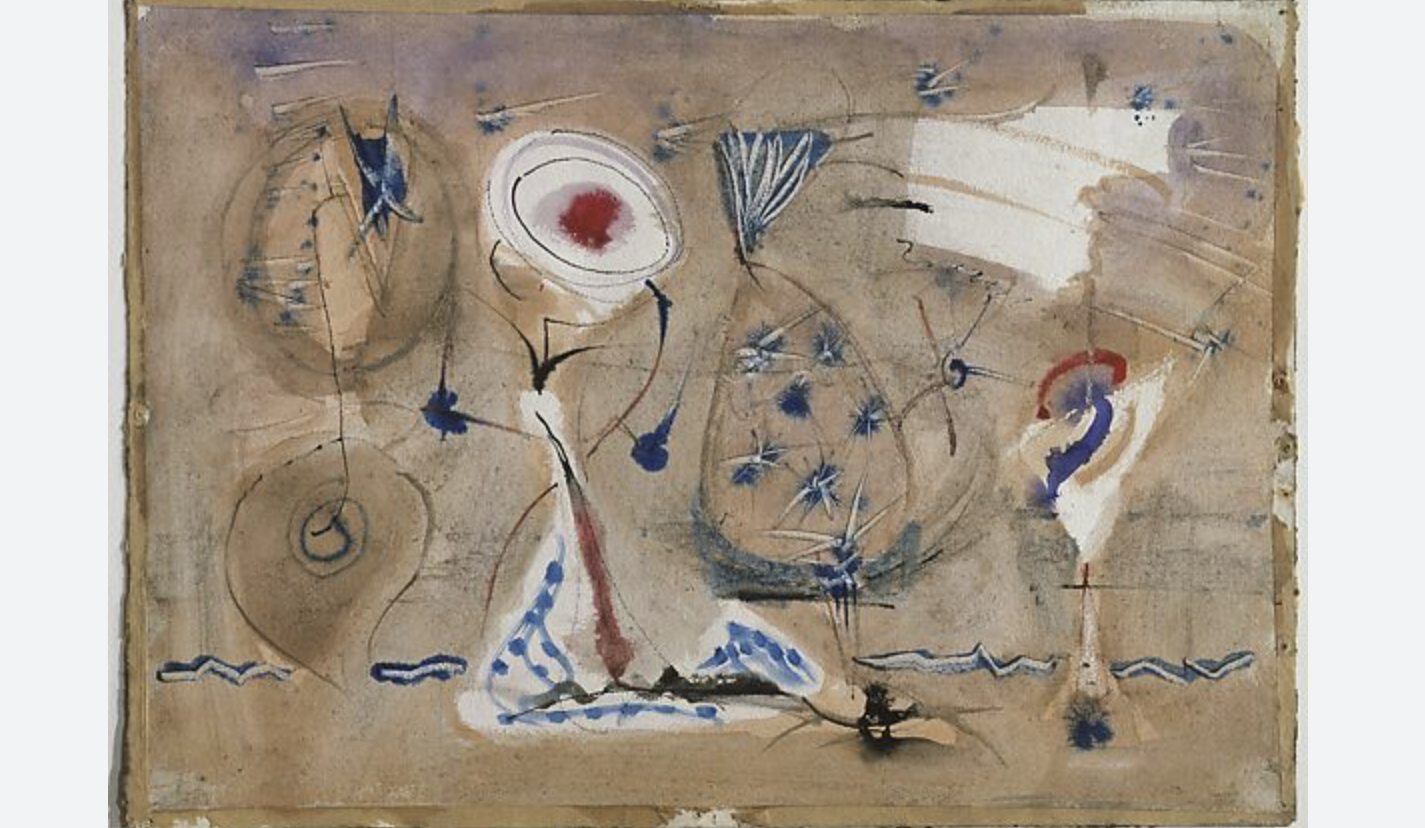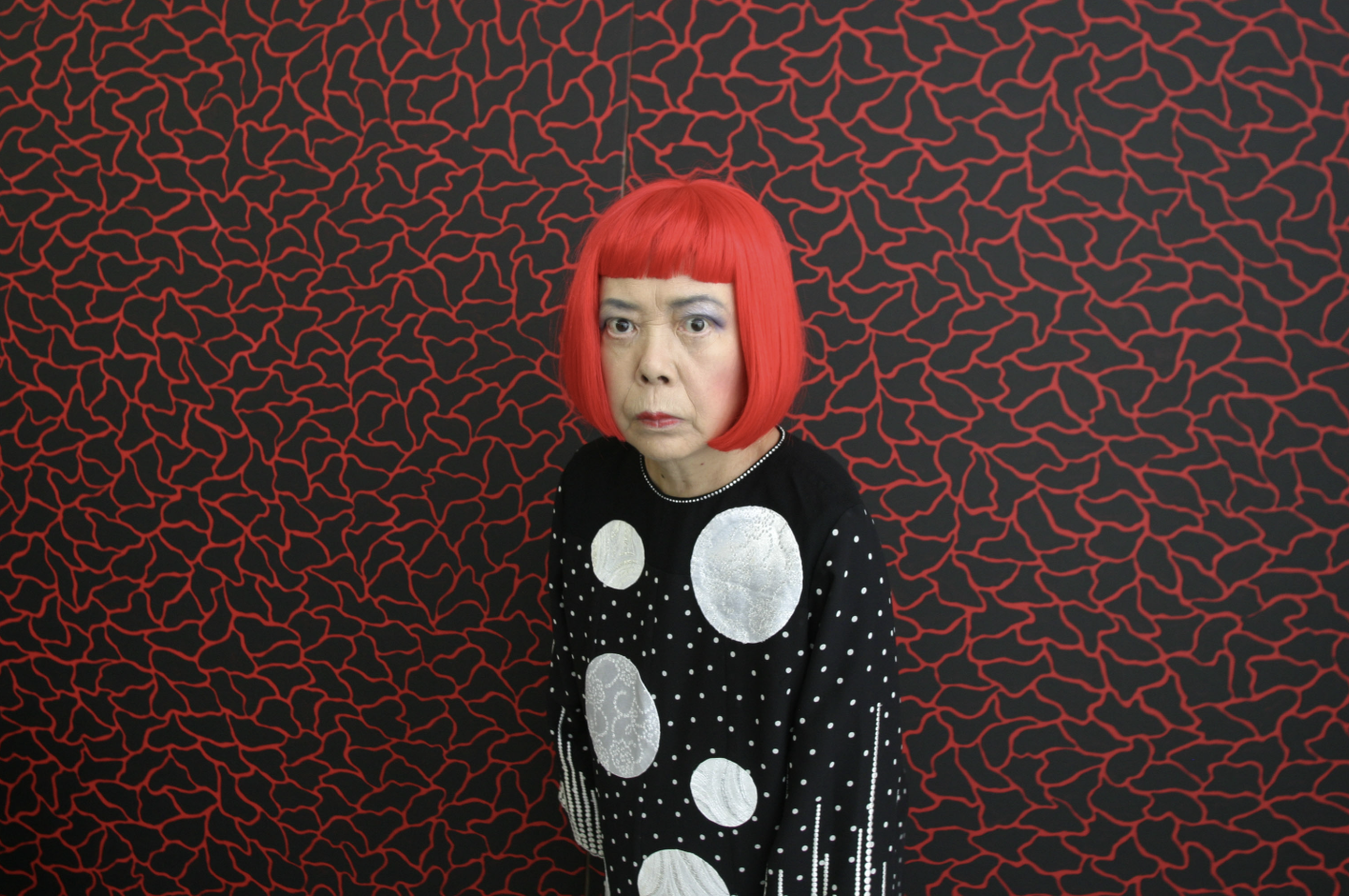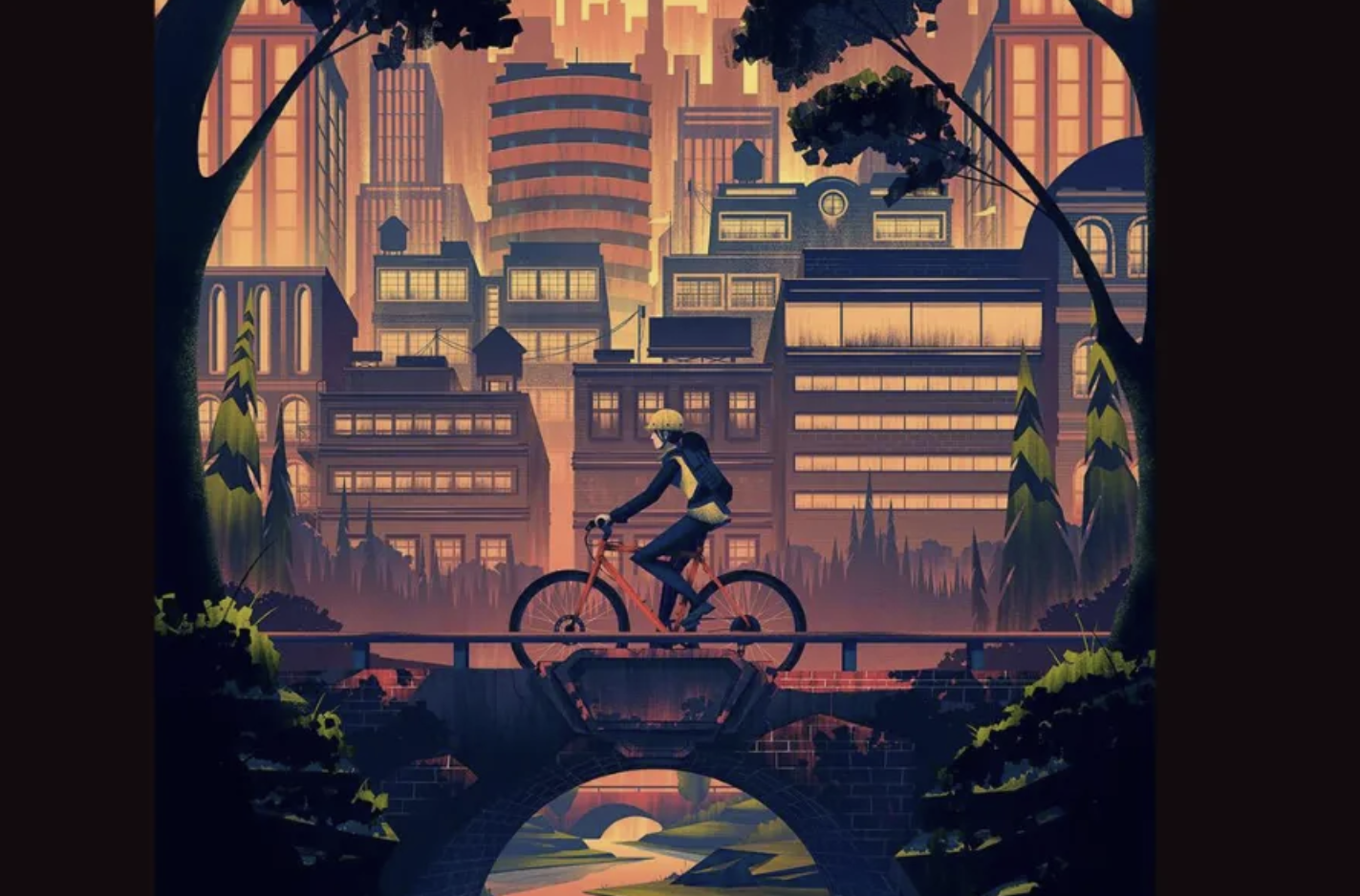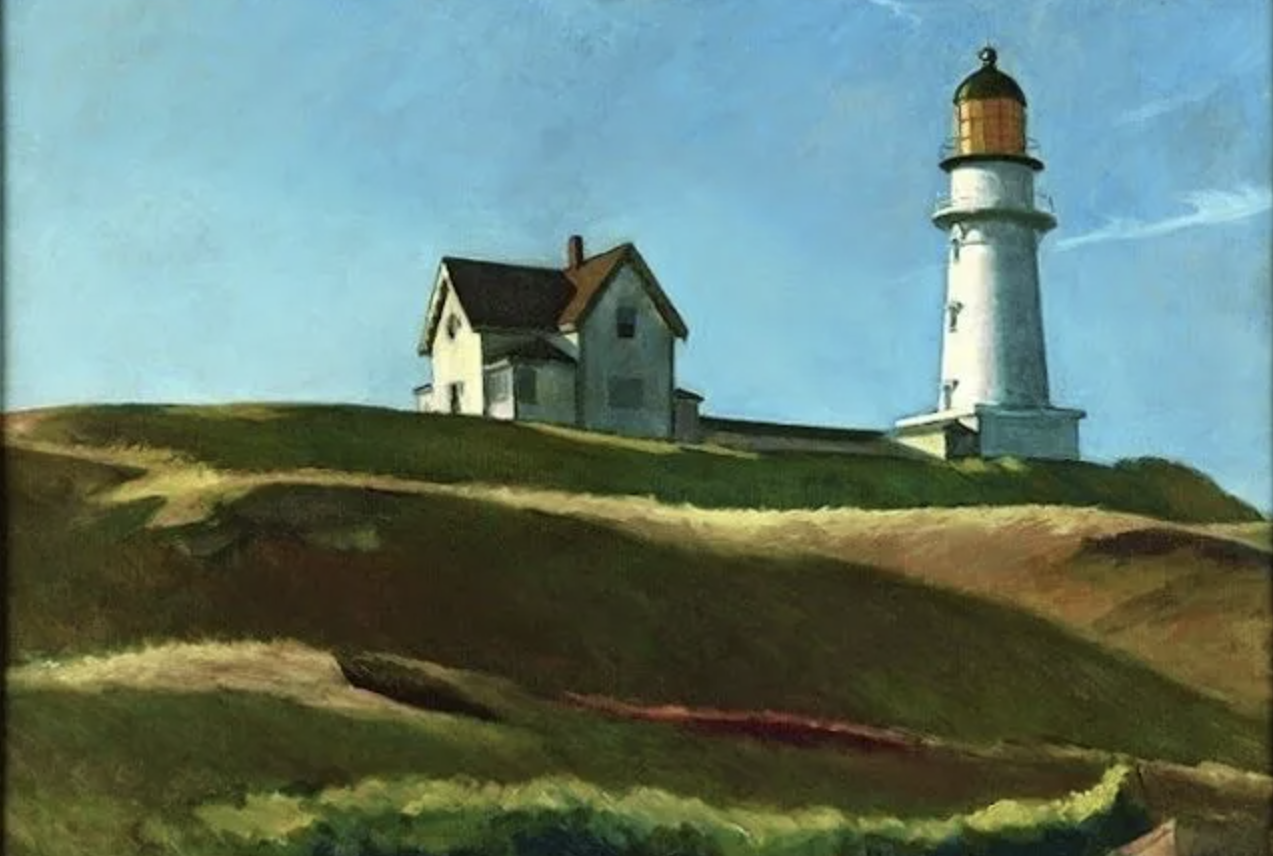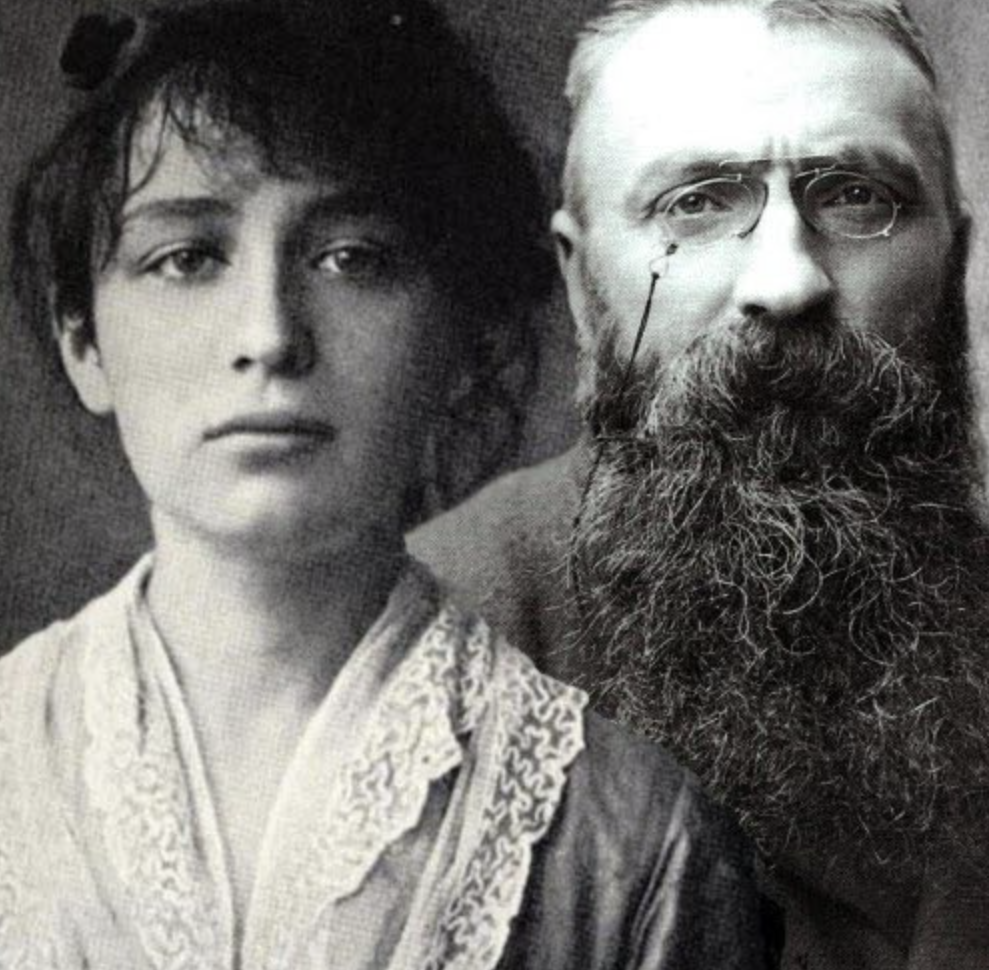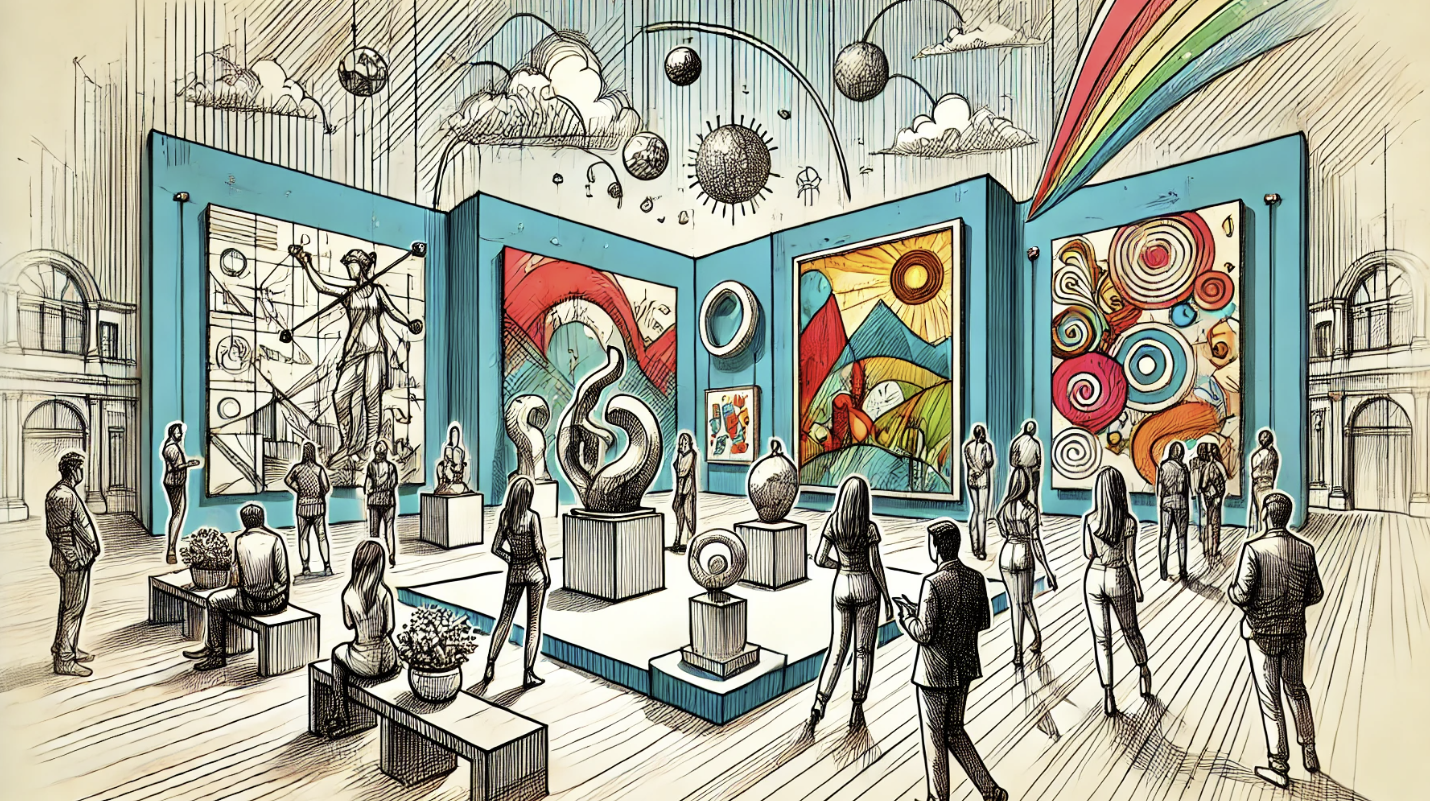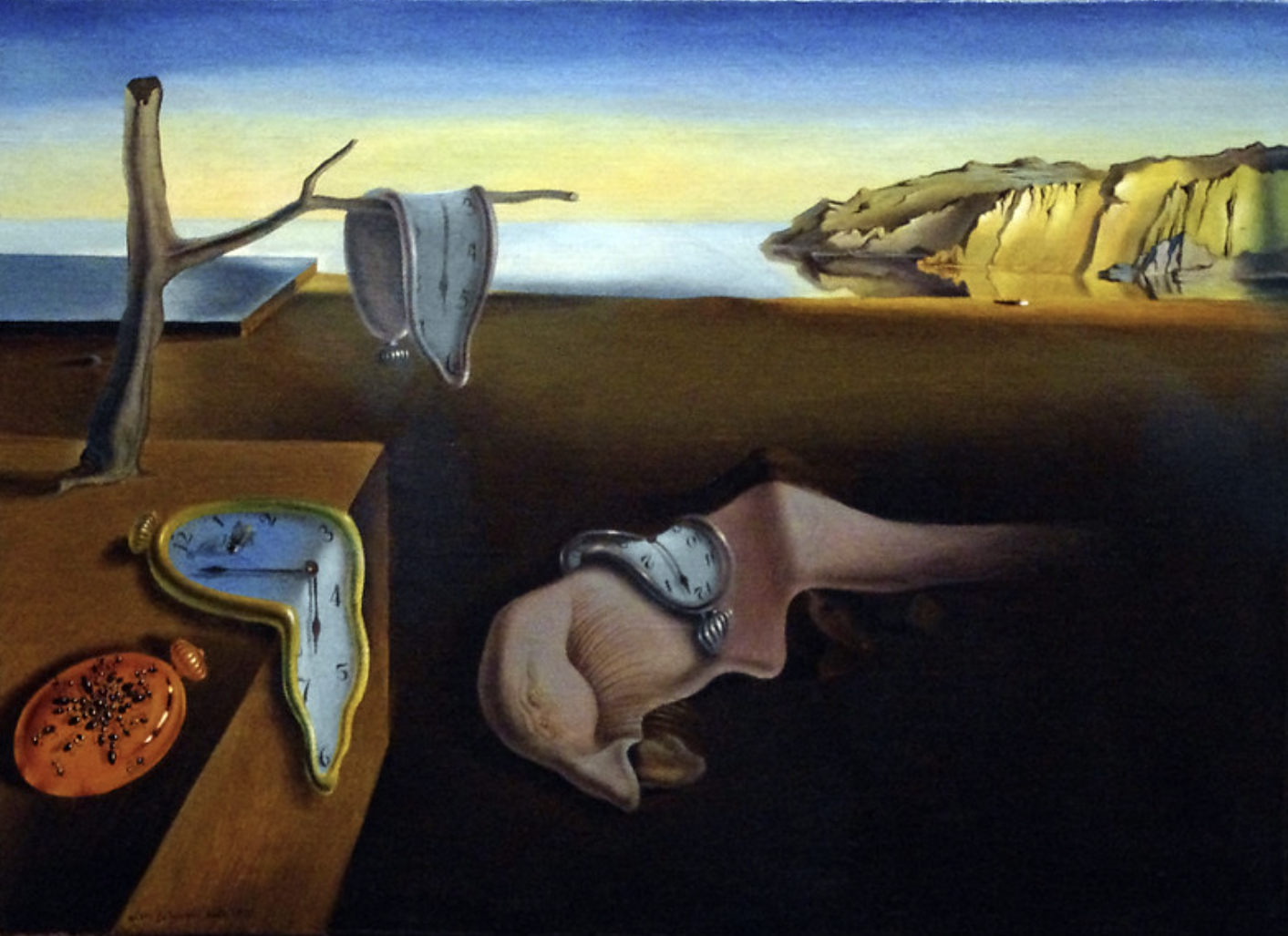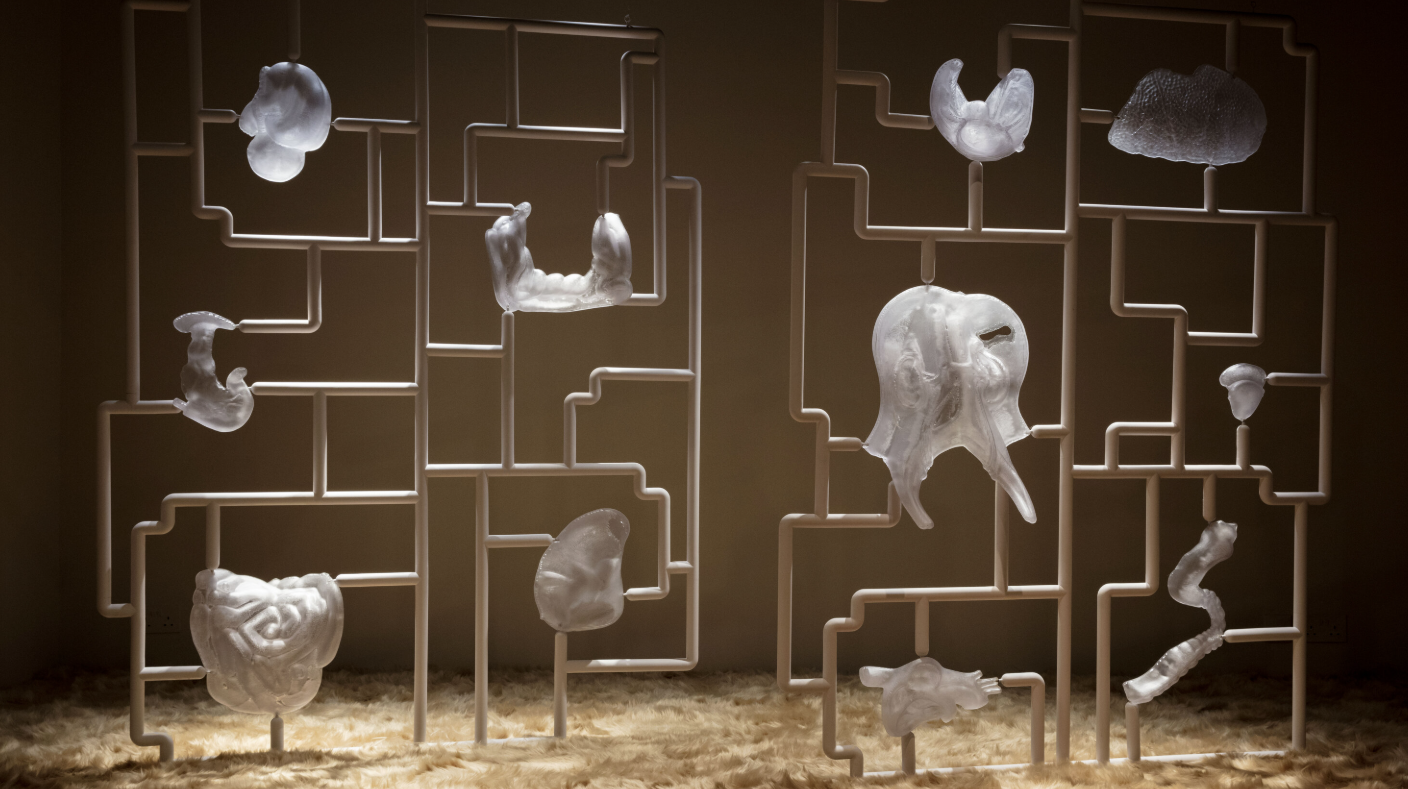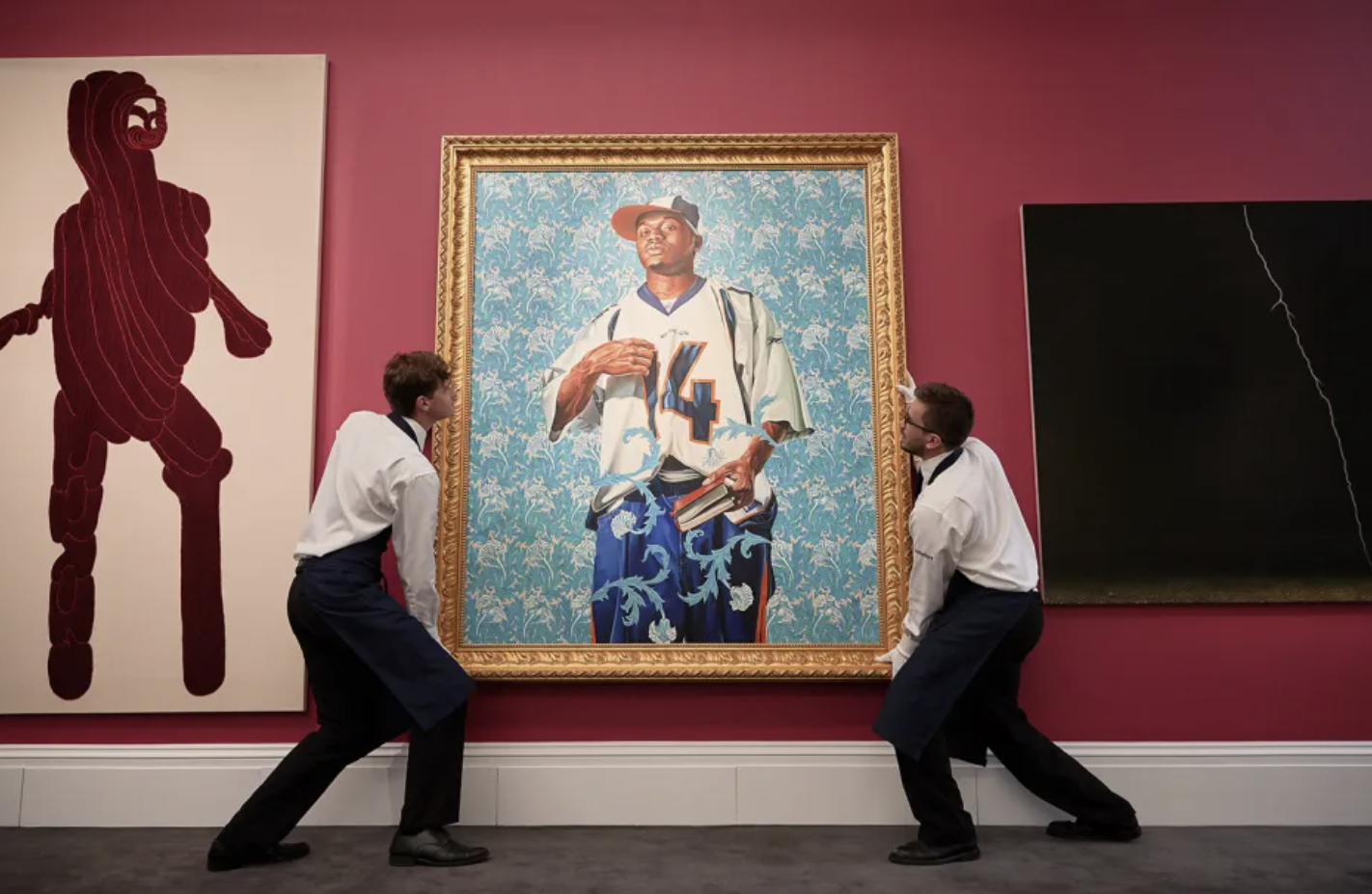
Throughout history, U.S. presidents have been immortalized in a variety of artistic forms, from classical paintings to modern street art. These portrayals, whether idealized or controversial, offer a reflection of the political climate and societal views during each administration. Below is a look at some of the most famous and influential presidential portraits created by contemporary artists.
Mount Rushmore: The Iconic Presidential Sculpture
Perhaps the most recognized presidential portrait in the United States is the colossal sculpture at Mount Rushmore in South Dakota. Created by sculptor Gutzon Borglum, this monumental work took over 14 years to complete, beginning in 1925 and finishing in 1941. The sculpture features the faces of four American presidents: George Washington, Thomas Jefferson, Theodore Roosevelt, and Abraham Lincoln. These figures represent the foundational values of the nation, making the monument a symbol of American history and identity.
A Modern Twist on Mount Rushmore by Onemizer
In recent years, contemporary artists have put their own spin on the famous landmark. One such example is French Pop and Street Artist Onemizer, who reimagined Mount Rushmore in 2019. His artwork, titled Mount Rushmore and the Presidents, incorporates his signature graffiti style, giving the historic piece a modern, urban edge while still retaining its symbolic resonance.
Shepard Fairey’s Iconic Obama Portrait (2008)
Shepard Fairey, a well-known political artist under the alias Obey, created one of the most iconic images from the 2008 presidential campaign. His “Hope” poster of Barack Obama became a symbol of optimism and change, solidifying Fairey’s influence in contemporary art. The striking design, with its bold colors and simple, powerful message, became a defining image of Obama’s rise to the presidency and is one of the most recognized portraits in modern American political art.
Cleon Peterson’s Useless Idiot (2019)
Seattle-based graphic designer Cleon Peterson is known for his politically charged art, and his Useless Idiot silkscreen from 2019 is a direct commentary on Donald Trump. The three-color piece makes a statement about Trump’s leadership, using powerful imagery that critiques his authoritarian tendencies and what Peterson perceives as his greed and narcissism. Peterson incorporates symbols of American power, such as the cross and the scales of justice, to enhance the political message.
Mr. Brainwash’s President’s Day Bandanna (2018)
Artist Thierry Guetta, known as Mr. Brainwash, created a playful and satirical take on George Washington’s image in his 2018 piece, President’s Day Bandanna. The artwork features the first president of the United States wearing an out-of-place bandana, humorously challenging the seriousness typically associated with presidential portraits. The piece reflects Mr. Brainwash’s tendency to mix high art with street art for a lighthearted commentary on American culture.
Shepard Fairey’s Lesser Gods Nixon (2019)
Returning to his critiques of American political figures, Shepard Fairey produced Lesser Gods Nixon in 2019. The piece, which resembles an old stamp or currency, is a nod to Richard Nixon and the Watergate scandal. By mimicking the design of an American dollar bill, Fairey invokes the themes of corruption, power, and deception that defined Nixon’s presidency, continuing his tradition of using art to critique political figures.
Thomas Dellert’s The American Dream Couple (2020)
In a provocative take on American iconography, artist Thomas Dellert-Bergh’s 2020 work The American Dream Couple challenges traditional depictions of JFK and Jackie Kennedy. Instead of the first lady, Dellert places Marilyn Monroe on the arm of John F. Kennedy, highlighting the intersection of politics and celebrity in American culture. The piece critiques the nation’s often contradictory values, blending political history with Hollywood glamour in a pointed commentary on American ideals.
Christian Britz’s Obama (2008)
In 2008, Christian Britz, a German artist known for abstract illusionism, created a watercolor portrait of Barack Obama. Though not as widely known as Fairey’s portrait, Britz’s piece reflects a nuanced approach to political representation. Through abstract techniques and visual metaphors, the piece critiques the media’s portrayal of political figures, addressing how their messages are diluted and transformed through media coverage.
Shepard Fairey’s Demagogue (2016)
In 2016, Shepard Fairey created Demagogue for the cover of the song by the British rock band Franz Ferdinand. Inspired by George Orwell’s dystopian novel 1984, the artwork portrays Donald Trump as a totalitarian figure, emphasizing the dangers of authoritarianism and the manipulation of truth. Fairey’s depiction calls attention to the growing concerns about the direction of American politics during Trump’s campaign.
Bambi’s Lie Lie Land (2018)
British street artist Bambi, often referred to as “the female Banksy,” made a satirical commentary on global politics with her 2018 piece Lie Lie Land. The artwork features Donald Trump dancing with Theresa May, the former British Prime Minister, parodying the film La La Land to highlight the troubling relationship between the U.S. and the U.K. under Trump’s leadership. The piece critiques the political alliance between the two leaders, focusing on themes of deception and disconnection from the public.
Conclusion
These modern portraits of U.S. presidents offer a fascinating glimpse into how artists reflect, critique, and celebrate political figures in contemporary society. From the iconic Mount Rushmore to bold street art and silkscreen prints, each portrait speaks to the power of art in shaping our understanding of political history. Whether humorous, critical, or idealized, these works continue to provoke thought and discussion about the intersection of politics and art in the modern world.






